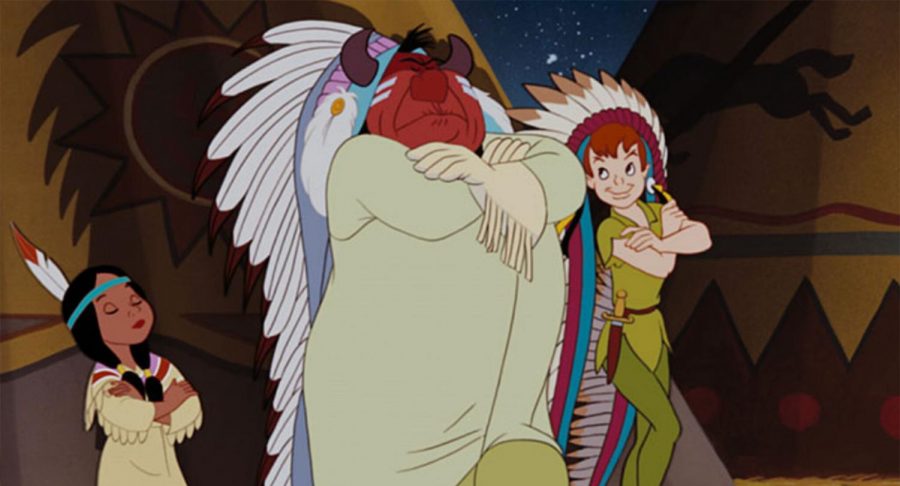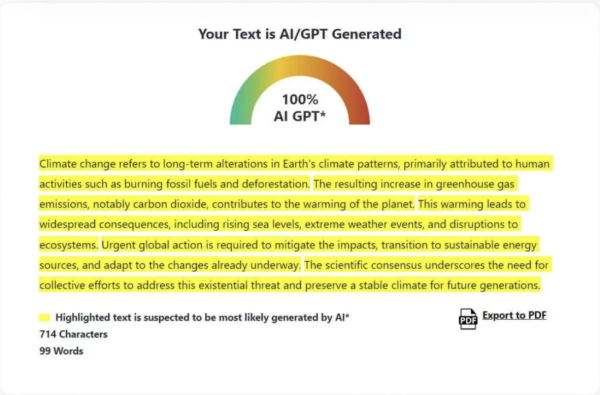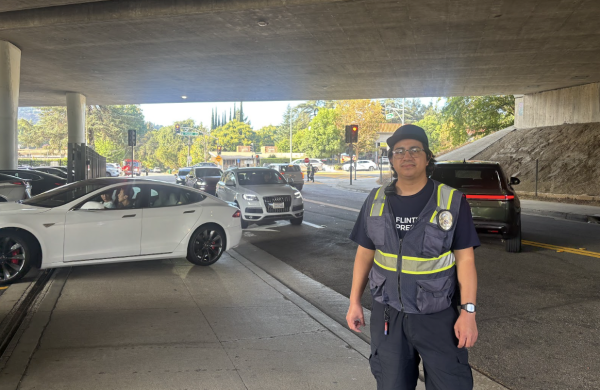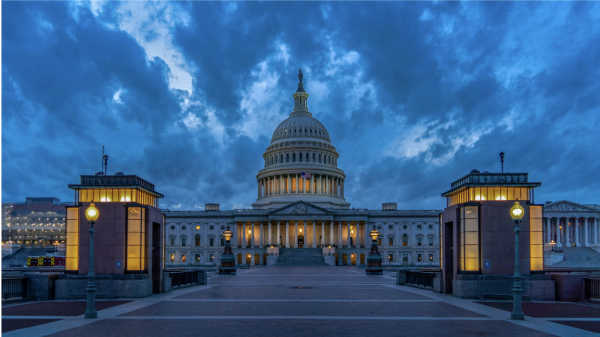Racism in Disney Films
Disney movies have served an important role in childhood for millions of people around the world. They teach us lessons like how we shouldn’t give up, or how we should be giving others second chances. The things we watch can have a major impact on what we believe and how we behave. According to the New York Times, the shows that we watch can shape the way we think, political preferences, and also affect our cognitive ability. Since Disney was founded in 1923, a time where racism and sexism were much more prevalent in the United States, many of those stereotypes from that time period were then portrayed in their movies.
For years, people have been unaware of the stereotypes in many early Disney films. To name a few examples, racially motivated microaggressions are prevalent in some of our favorites such as Dumbo, Peter Pan, The Aristocats, and even The Lady and the Tramp. In Dumbo one of the crows was named Jim Crow after the segregation laws that began in the late 1800s. In Peter Pan one of the songs was called “What Makes the Red Man Red” that was about the tribe in Neverland. In The Aristocats and in The Lady and the Tramp, siamese cats are portrayed to have stereotypical East Asian characteristics and speak in “Asian” accents. For decades Disney never acknowledged their mistakes, and that only contributed to the growing problem of accepted prejudice. By allowing these racially motivated instances to continue uncalled for negative depictions of people will continue to exist. This can skew the way we view people of other races and ethnicities, while also causing many children to develop a low self esteem. When children see that someone of their culture is constantly depicted in a negative way, they may begin to believe that some stereotypes are true, including ones about themselves. It is imperative that the media begins to include a larger variety and range of people in order to teach others that it is not okay to discriminate against people and that it is time to start accurately representing people of other races and cultures.
It was only until late 2020 that Disney decided it was time to start putting a disclaimer about the errors they had made. It stated that, “These stereotypes were wrong then and are wrong now. Rather than remove this content, we want to acknowledge its harmful impact, learn from it and spark conversation to create a more inclusive future together.” While Disney did their best to make up for their past mistakes, the implications of their actions are still relevant in our current society . Many groups are misrepresented in the media, however, it is up to us to become aware and bring change to the stereotypes and biases in our world.

Grade: 11
Years on Staff: 3
Why are you writing for the Flintridge Press?
For me, writing is a creative outlet that helps me freely express my...







